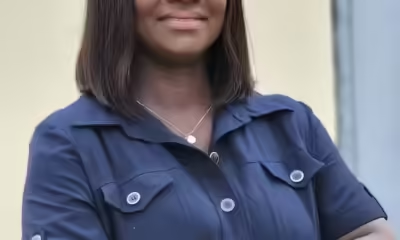Tech
How AI is fuelling uncertainty for game developers
Published
9 months agoon
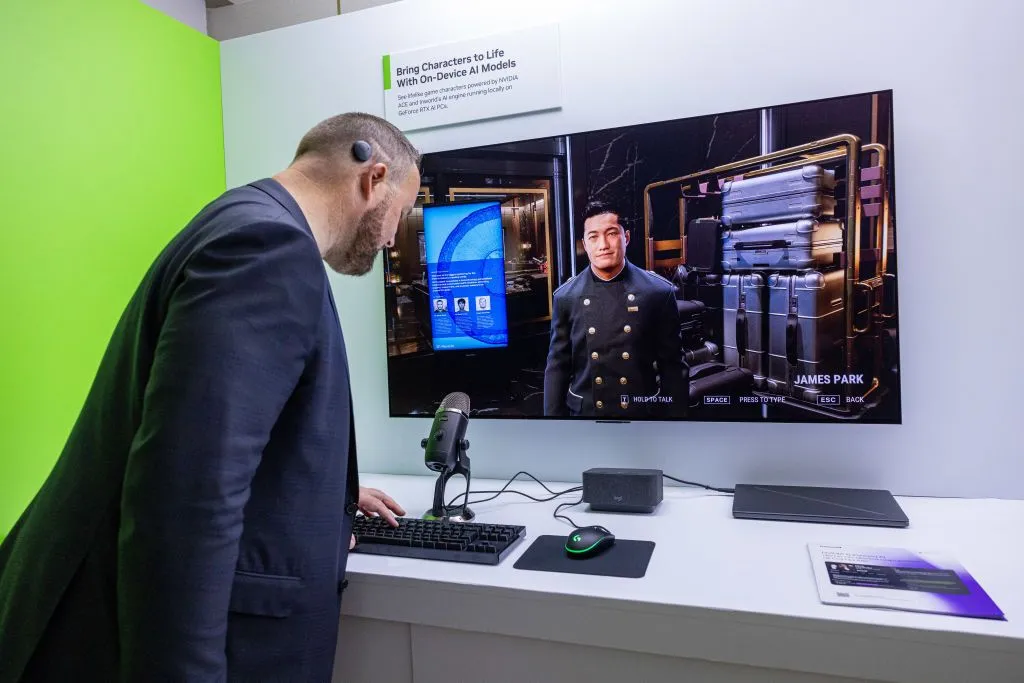
“I’m very aware that I could wake up tomorrow and my job could be gone,” says Jess Hyland.
The video game artist says the industry she’s spent almost 15 years working in is on “shaky” ground at the moment.
A boom in players and profits during the pandemic sparked a flurry of investments, expansions and acquisitions that, in hindsight, now look short-sighted.
Gaming remains profitable, but thousands of workers worldwide have lost their jobs, and successful studios have been shut down over the past two years.
More closures and cuts are feared.
“Everyone knows someone who’s been laid off. There’s lots of worry about the future,” says Jess.
Some bosses are talking up the potential of generative AI – the tech behind tools such as ChatGPT – as a potential saviour.
Tech giant Nvidia has shown off impressive development tool prototypes, and gaming industry heavyweights such as Electronic Arts and Ubisoft are investing in the tech.
It’s claimed AI tools can save development time, free workers up to focus on creativity and provide a more personalised user experience.
With budgets at the blockbuster end of the industry spiralling as audience expectations rise with them, it sounds like a perfect solution.
But not to everyone.
‘Jobs are going to change’
“The people who are most excited about AI enabling creativity aren’t creatives,” says Jess, a member of the Independent Workers Union of Great Britain’s game workers branch. She sits on its artificial intelligence working group.
Against the backdrop of widespread layoffs, Jess says the suspicion among workers is that bosses see AI as a path to cutting costs when labour is their biggest expense.
Jess says she knows one person who’s lost work due to AI, and has heard of it happening to others.
There are also dozens of accounts online suggesting that jobs in concept art and other traditionally entry-level roles have been affected.
Most firms making AI tools insist they’re not designed to replace humans, and there’s broad agreement that the technology is a long way from being able to do so.
Jess says the bigger worry is that “jobs are going to change, but not in a good way”.
Rather than creating their own material, says Jess, artists worry they could end up supplementing AI’s efforts, rather than the other way around.

Jess Hyland (seen holding the right side of the banner) is a member of the IWGB union’s game workers branch
Jess Hyland (seen holding the right side of the banner) is a member of the IWGB union’s game workers branch
Publicly available AI image generators, for example, can quickly output impressive-looking results from simple text prompts, but are famously poor at rendering hands. They can also struggle with chairs.
“The stuff that AI generates, you become the person whose job is fixing it,” says Jess. “It’s not why I got into making games.”
Gaming is a multibillion-dollar business but it’s also an artistic medium that brings together artists, musicians, writers, programmers and actors, to name just some.
A frequent concern is that AI will serve to minimise, rather than enable, the work of those creatives.
Copycat fears
It’s a view echoed by Chris Knowles, a former senior engine developer at UK gaming firm Jagex, known for its Runescape title.
“If you’re going to have to hire actual human artists to fix the output, why not harness their creativity and make something new that connects with players?” he says.
Chris, who now runs UK indie studio Sidequest Ninja, says that in his experience smaller developers are generally unenthusiastic about using generative AI.
One of his concerns is around cloned games.
Online game stores – where indie developers make most of their sales – are rife with imitations of original titles.
This is especially true of mobile games, says Chris, and there are studios set up “entirely to churn out clones”.
It’s not yet possible to rip off a whole game using AI, he says, but copying assets such as artwork is easily done.
“Anything that makes the clone studios’ business model even cheaper and quicker makes the difficult task of running a financially sustainable indie studio even harder,” says Chris.
He also points to the huge amounts of electricity required to run generative AI systems as a big concern.
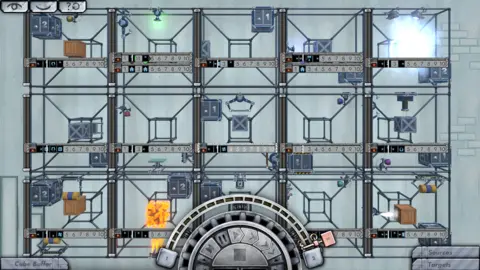
Copyright concerns over generative AI – currently the subject of several ongoing legal cases – are one of the biggest barriers to its wider use in gaming right now.
Tools are trained on vast quantities of text and pictures scraped from the internet and, like many artists, Jess believes it amounts to “mass copyright infringement”.
Some studios are exploring systems trained on internal data, and third parties advertising ethical tools that claim to work off authorised sources are springing up.
Even then, the fear is that AI will be used to turn out assets such as artwork and 3D models at scale, and the expectation on workers will be to produce more output.
“The more content you can make, the more money you can make,” says Jess.
Some in the industry are more positive about AI.
Composer Borislav Slavov, who won a Bafta Games Award for his work on Baldur’s Gate 3, told the BBC he was “excited about what AI could bring to the table for music in the near future”.
Speaking at the recent Games Music Festival in London, he said he believed it would enable composers to “explore music directions faster” and push them out of their comfort zones.
“This would allow the composers to focus way more on the essence – getting inspired and composing deeply emotional and strong themes,” he said.
However, he did agree that AI could not “replace the human soul and spirit”.
While she has serious personal reservations about using the tech to “automate creativity”, Jess says she wouldn’t be against using it to bear the burden of some of the more repetitive admin tasks that are a feature of most projects.
The AI industry is currently trying to reassure governments and regulators over concerns about its future use, as shown by a recent law passed by the EU
It will also have to work hard to win over another group – gamers.
Online shooter The Finals received a backlash over its use of synthesised voice lines, and developer Square Enix was criticised for the limited use of generated art in its multiplayer game Foamstars.
Jess believes growing talk about AI has made gamers “think about what they love about games and what’s special about that – sharing experiences crafted by other humans”.
“I’m still putting something of myself into it and I think there’s a growing recognition of that.”
Indie developer Chris adds: “If you train a generative model on nothing but cave paintings, all it’ll ever give you will be cave paintings.
“It takes humans to get from there to the Sistene Chapel.”
Additional reporting by Laura Cress.
Source: /www.bbc.com
You may like
Tech
EU approves 920 million euro German aid for Infineon chips plant
Published
1 month agoon
February 20, 2025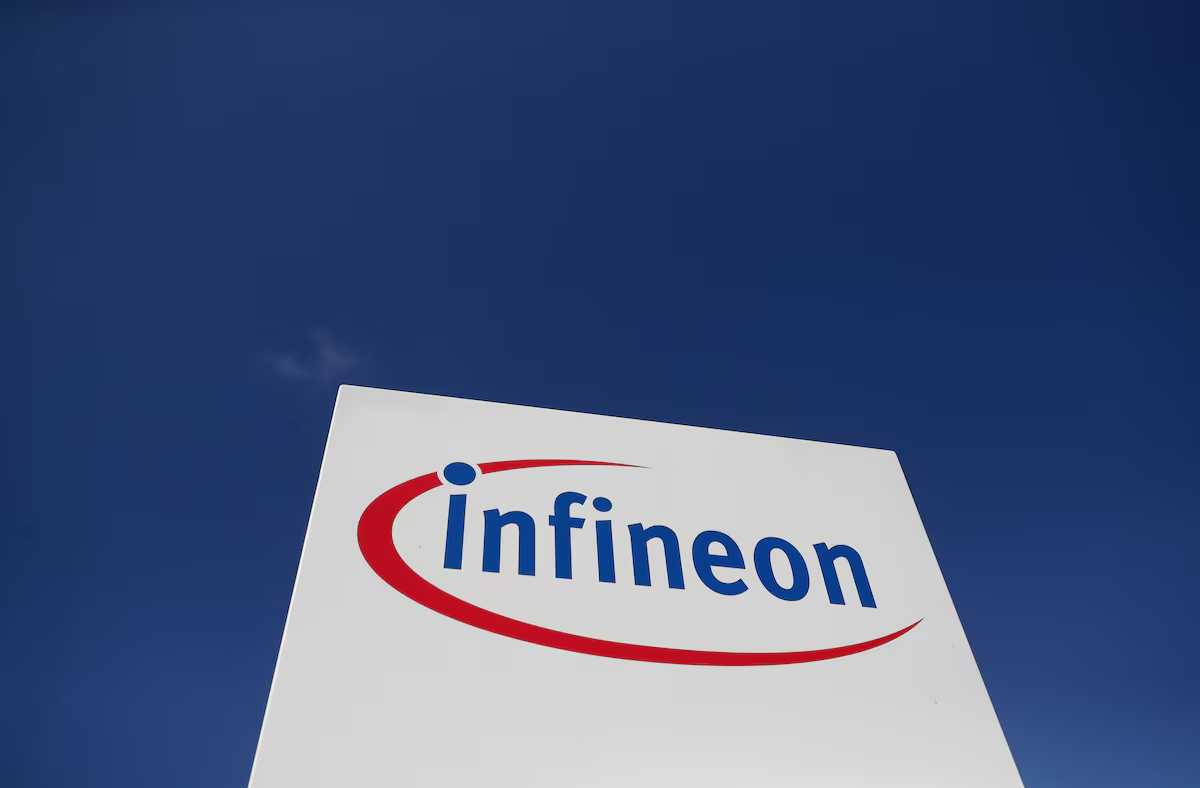
The European Commission said on Thursday it had approved a 920 million euro German state aid to Infineon for the construction of a new semiconductor manufacturing plant in Dresden.
The measure will allow Infineon (IFXGn.DE), to complete the MEGAFAB-DD project which will be able to produce a wide range of different types of chips, the Commission added.
Chipmakers across the globe are pouring billions of dollars into new plants, as they take advantage of generous subsidies from the United States and the EU to keep the West ahead of China in developing cutting-edge semiconductor technology.
The European Commission has earmarked 15 billion euros for public and private semiconductor projects by 2030.
“This new manufacturing plant will bring flexible production capacity to the EU and thereby strengthen Europe’s security of supply, resilience and technological autonomy in semiconductor technologies, in line with the objectives set out in the European Chips Act,” the Commission said in a statement.
The Commission said the plant – which will reach full capacity in 2031 – will be a front-end facility, covering wafer processing, testing and separation, adding that its chips will be used in industrial, automotive and consumer applications.
The aid will take the form of a direct grant of up to 920 million euros to Infineon to support its investment amounting to 3.5 billion euros. Infineon has said the plant will be the largest single investment in its history.
Infineon has agreed with the EU to ensure the project will bring wider positive effects to the EU semiconductor value chain and invest in the research and development of the next generation of chips in Europe, the Commission said.
It will also contribute to crisis preparedness by committing to implement priority-rated orders in the case of a supply shortage in line with the European Chips Act.
Source: www.reuters.com
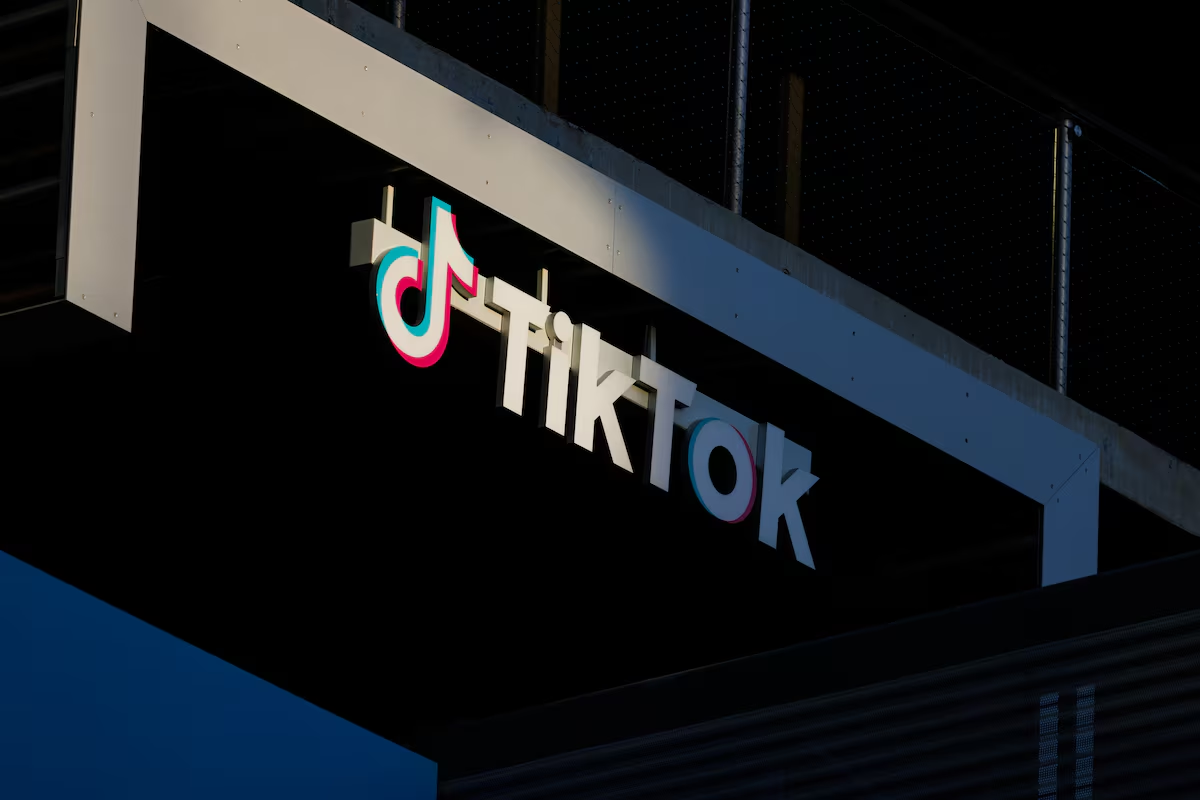
U.S. President Donald Trump told reporters on Air Force One on Wednesday that he was talking to China about TikTok as the United States seeks to broker a sale of the popular app.
Source://www.reuters.com
Tech
AT&T’s bundled 5G, fiber plans boost holiday-quarter subscriptions
Published
2 months agoon
January 27, 2025
AT&T’s (T.N) fourth-quarter wireless subscriber growth surpassed expectations on Monday, fueled by strong demand for its discounted premium plans combining 5G mobile with high-speed fiber data services.
Shares of the company rose about 2% in premarket trading.
The U.S. telecom giant added 482,000 net monthly bill-paying wireless phone subscribers in the holiday quarter, outpacing analysts’ estimated gains of 424,550, according to Visible Alpha.
As the pool of potential new wireless customers shrinks in the United States, AT&T’s strategy of bundling high-speed fiber internet with wireless phone services has helped drive growth for the company.
Its fiber business added 307,000 new customers in the fourth quarter, higher than 226,000 additions in the prior quarter, marking its best fourth-quarter fiber net additions.
The last three months of the year are typically strong for telecom operators, driven by factors such as Black Friday promotions, trade-in deals for new iPhone launches and the gift-giving season around Christmas, all of which contribute to higher subscriber additions.
Rival Verizon (VZ.N) reported its best quarterly wireless subscriber growth in five years on Friday, with 568,000 monthly bill-paying wireless subscribers added in the fourth quarter.
AT&T expects annual adjusted profit between $1.97 and $2.07 per share, excluding the contribution from its 70% stake in DirecTV, which the company is selling for $7.6 billion. It was not immediately clear if the range could be compared with the estimate of $2.18 per share, according to data compiled by LSEG.Nasdaq futures slump after a cheaper Chinese AI model sparks panic in Silicon Valley.
AT&T said last month that it expected free cash flow to be more than $18 billion in 2027 and would reach more than 50 million locations with fiber by 2029.
Excluding items, it reported a profit of 54 cents per share, higher than analysts’ estimate of 50 cents per share, according to data compiled by LSEG.
Total revenue rose about 1% to $32.3 billion, compared with an estimate of $32.04 billion.
AT&T began offering bill credits for network outages from Jan. 9, part of a new initiative to attract customers in a highly competitive market.
Source: www.reuters.com/

Interior minister engages key stakeholders in Ashanti Region

High Commissioner of Babrbados calls on Minister for Tourism

Police arrest two suspects in connection with electrical cables
Trending

 Politics7 months ago
Politics7 months agoVoter Register Discrepancies: NDC to stage nationwide protests against EC

 News8 months ago
News8 months agoArise Royals Montessori School Marks 2nd Graduation.

 Entertainment9 months ago
Entertainment9 months agoGhanaian musician Champions Gaza Peace with New Track

 News4 months ago
News4 months agoKing of Igbo Community in Ghana congratulates Mahama as President-elect of Ghana.

 More8 months ago
More8 months agoYoung people urged to develop their talents

 Entertainment9 months ago
Entertainment9 months agoSteps to receive an official GWR certificate – Details from mother of a Ghanaian record holder

 News9 months ago
News9 months agoCancer Support Network Foundation holds gala

 News9 months ago
News9 months agoDedicate a Portion of GDP for investment in AI to improve health and reduce poverty – Prof. Samuel Kojo Kwofie










